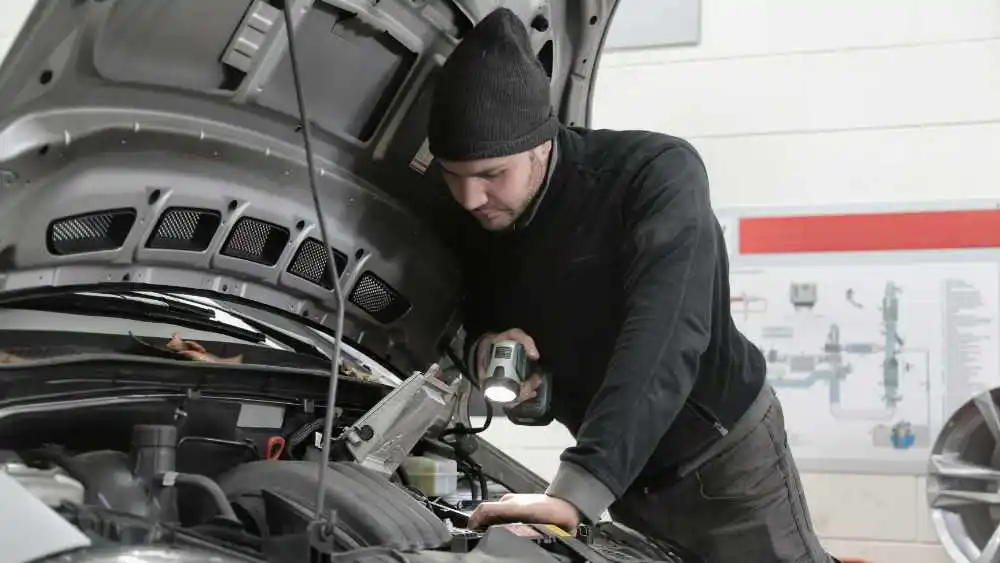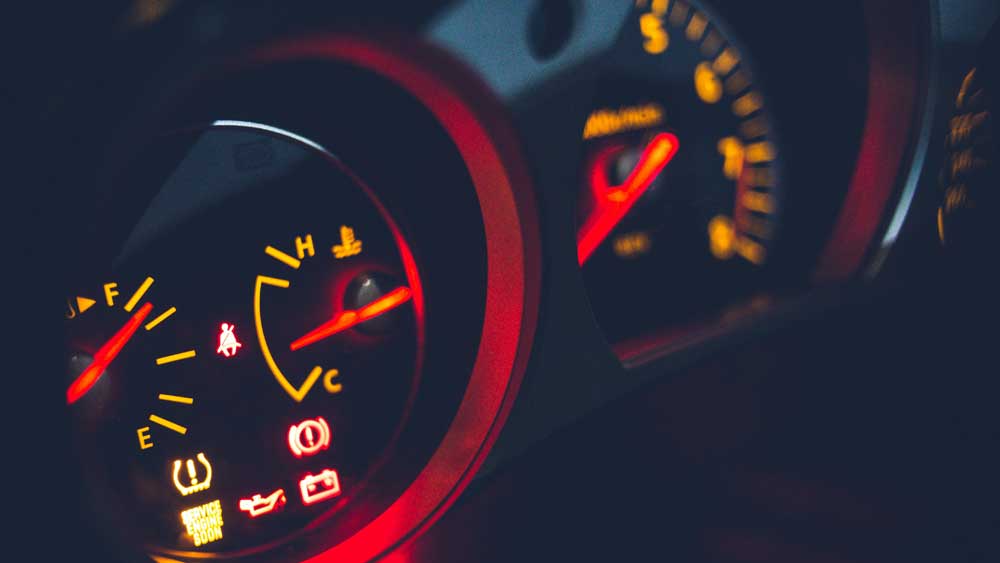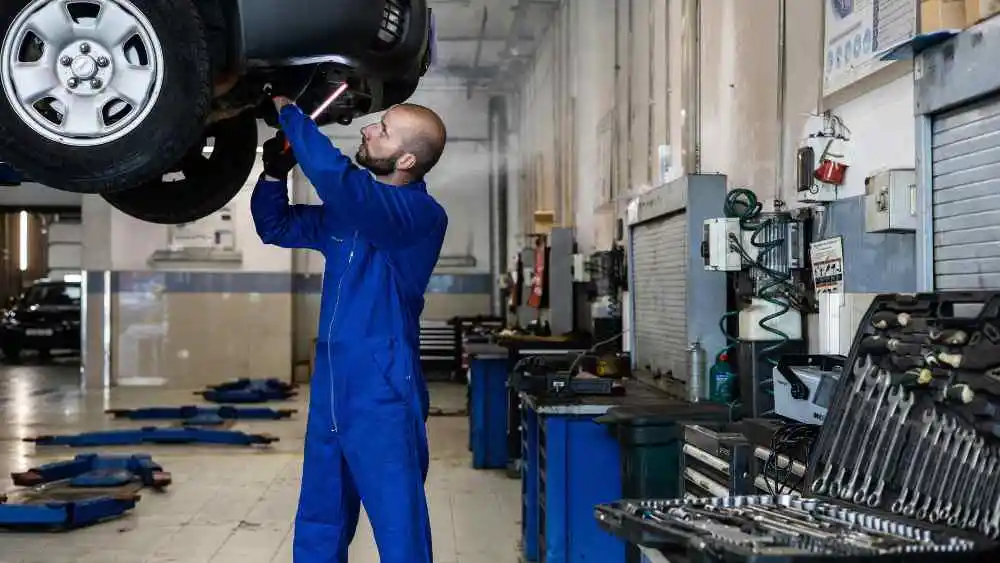What to Expect During a Honda Scheduled Maintenance Visit | A Quick and Easy Guide

Regular maintenance is crucial for the Honda’s optimal functioning, especially for Honda’s sports car . It ensures it runs well for years. By following the Honda maintenance schedule exactly, you ensure your vehicle lasts. Even if you don’t drive it for few months. You will definitely avoid costly repairs.
In this article, we will walk you through an overview of what you can expect during a standard Honda scheduled maintenance visit. This proactive approach to maintenance will keep your Honda in top shape. It will also enhance its overall performance and reliability on the road.
Understanding Your Honda Maintenance Schedule

Honda offers a detailed maintenance schedule for each model to keep cars running for years. They have recommended services based on mileage or time since the last check. Access your Honda maintenance plan in the owner’s manual or on the official website.
Typically, Honda advises the following maintenance timeline:
- Every 7,500 Miles or 12 Months (Whichever Comes First)
This is usually for lighter maintenance tasks, such as:
- oil and filter changes
- tire rotations
- inspections of brake pads
It also includes other critical components to ensure everything is in working order.
Every 15,000 Miles or 24 Months: At this interval, in addition to the services provided at 7,500 miles, your Honda may need more detailed inspections. This includes checking the suspension, and exhaust systems. It will possibly replace air filters to ensure optimal air quality and engine performance.
Every 30,000 Miles or 36 Months: This check-up includes all the services mentioned above. It also includes possible fluid replacements like brake fluid or transmission fluid. They will do more thorough inspections of the engine and electrical systems that help prevent potential issues.
Every 45,000 Miles or 48 Months: This interval builds on the previous maintenance checks with additional replacements and inspections. This ensures that parts subject to wear and tear, such as brake pads or spark plugs, are functioning well.
Every 60,000 Miles or 60 Months: Reaching this milestone typically involves a thorough evaluation of your vehicle’s overall health. It will include checks on belts, hoses, and other components needing replacement to avoid breakdowns.
Services Performed During Honda Scheduled Maintenance

The exact services performed during your visit will depend on your vehicle’s mileage and the specific interval. However, some common services you can expect include:
1. Oil and Filter Change
One of the most critical aspects of Honda’s scheduled maintenance is regular oil and filter changes. Your Honda dealership will drain the old oil, replace the oil filter, and refill your engine with fresh, high-quality oil. This service helps keep your engine clean, lubricated, and running efficiently.
2. Tire Rotation and Inspection
To ensure even wear and extend the life of your tires, your dealership will rotate your tires during scheduled maintenance visits. They will also inspect your tires for any signs of damage, excessive wear, or improper inflation.
3. Brake Inspection
Your Honda technician will inspect your brake system, including:
- Brake pads
- Rotors
- Calipers
To ensure they are functioning properly and have sufficient remaining life.
4. Fluid Level Checks and Top-Offs
During your scheduled maintenance visit, your Honda dealership will check and top off all essential fluids, such as:
- Coolant
- Brake fluid
- Power steering fluid
- Transmission fluid
5. Comprehensive Multi-Point Inspection
Every Honda schedule service typically includes a thorough multi-point inspection designed to ensure your vehicle is operating at its best. This crucial inspection encompasses a variety of vehicle components to guarantee everything is functioning properly, such as:
Belts and Hoses
You must regularly check belts and hoses for wear and tear. This is crucial to prevent unexpected breakdowns and keep the vehicle’s cooling system efficient.
Steering and Suspension Components
A thorough examination of the steering and suspension systems is essential for maintaining smooth and safe driving. It makes sure these components are in top condition to handle road irregularities.
Exhaust System
Checking the exhaust system for leaks, rust, or damage is vital. It prevents harmful emissions and problems with vehicle performance or driver safety.
Battery Health
You need to regularly test the battery’s power and its ability to hold a charge. This is necessary to make sure the vehicle is reliable, especially in extreme weather.
Lights and Wipers
Ensuring all lights work and wipers give clear visibility is crucial for safe driving. This is especially true at night or in bad weather.
Also Read: Top Car Care Tips
Tailored Additional Services Based on Mileage

As your Honda gets more miles, it may need more specific maintenance. This maintenance will keep it running smoothly. These services are carefully selected based on the unique needs of high-mileage vehicles and include:
1. Spark Plug Replacement
Absolutely essential for maintaining optimal engine performance and maximizing fuel efficiency. Old or worn-out spark plugs can lead to decreased power and increased fuel consumption.
2. Air Filter Replacement
Vital to ensure that clean, unimpeded air enters the engine. This not only improves overall performance but also helps reduce harmful emissions. This can make your vehicle more environmentally friendly.
3. Fuel Filter Replacement
Critical for keeping the fuel system free of contaminants and ensuring that the engine runs efficiently. A clean fuel filter means better fuel economy and a longer life for your engine.
4. Timing Belt Replacement (if applicable)
An integral part of maintaining your vehicle’s health. Replacing the timing belt at recommended intervals prevents severe engine damage that can occur if the belt fails.
5. Valve Adjustment
Necessary to keep the engine running smoothly and quietly. Proper valve adjustment ensures that the engine operates at peak efficiency, reducing potential wear and tear and extending the life of the engine.
Scheduling Your Honda Maintenance Visit

To keep your Honda in top condition, it’s essential to schedule your maintenance visits promptly. You can easily schedule your Honda dealership service by calling the service department or using the online scheduling tool provided by many dealerships.
When scheduling your visit, be sure to mention any specific concerns or issues you’ve noticed with your vehicle, so the technicians can address them during your appointment.
Start Planning Your Honda Scheduled Maintenance Visit Now
Honda scheduled maintenance is key to your Honda’s longevity, efficiency, and performance. Following the manufacturer’s recommended schedule lowers repair risks, keeping your vehicle safe and reliable. Each service visit, tailored to your vehicle’s mileage, includes everything from a Honda oil change to detailed inspections.
Maintaining your Honda preserves your investment and peace of mind, ensuring reliability and performance while saving a trip to the mechanic. Schedule your next maintenance to ensure the top performance and reliability Honda is known for.
Want to know more? Dive into our blog for info, tips, and insights on a range of topics just for you.

news via inbox
Sign up and never miss out on the latest news and updates at HighStuff




